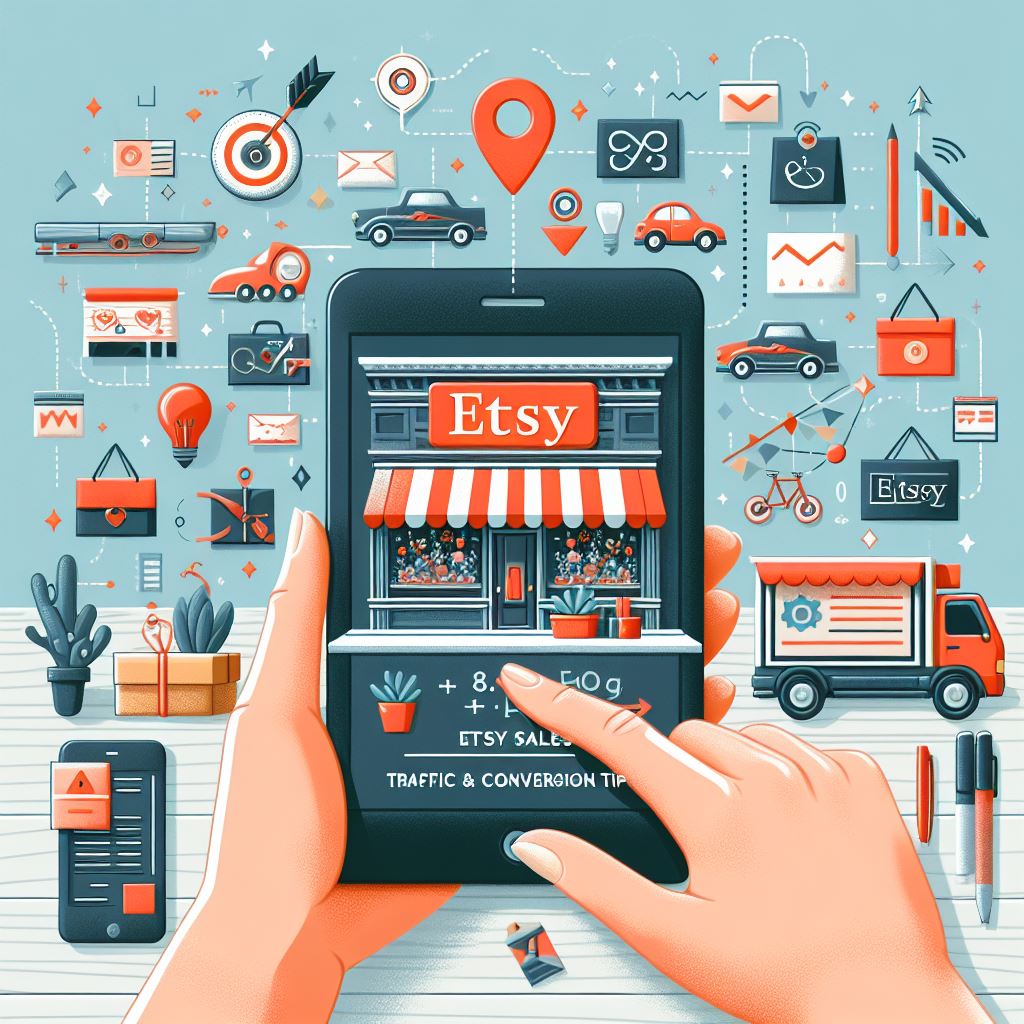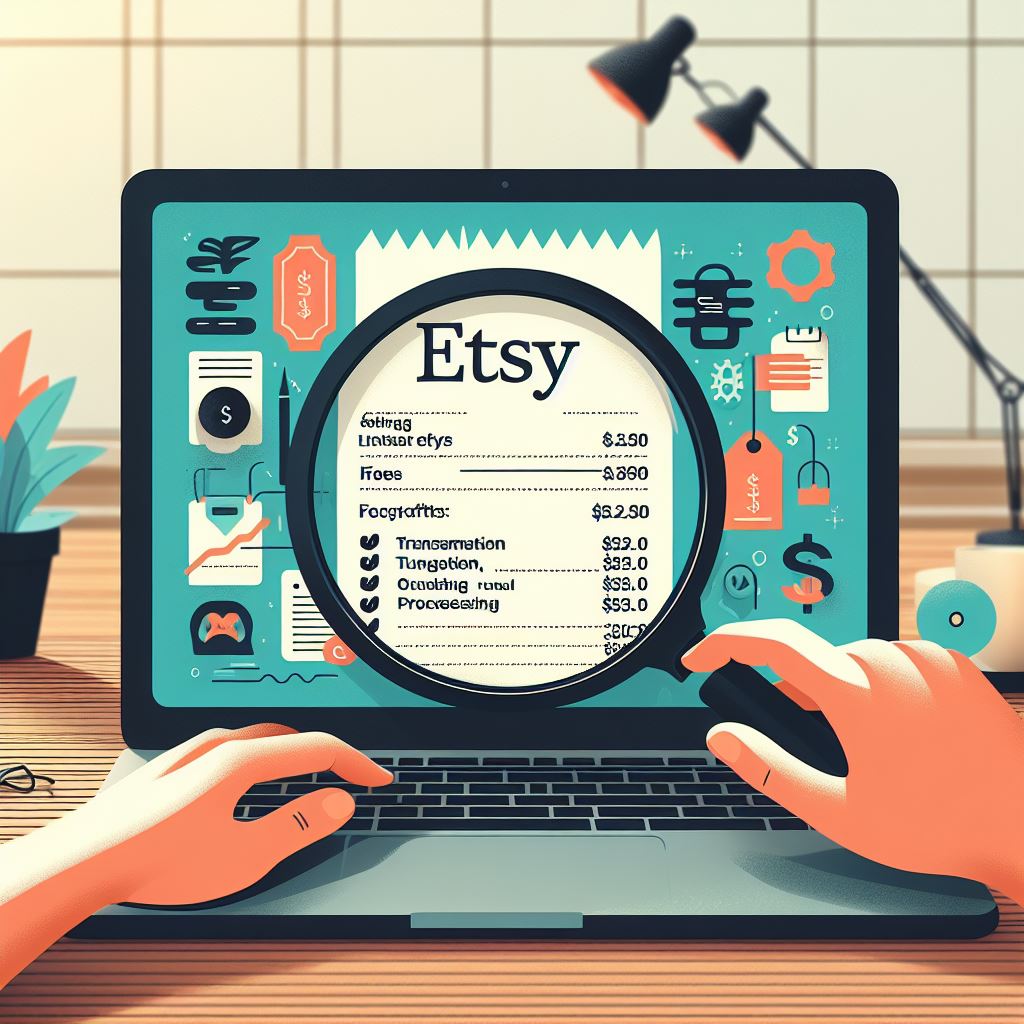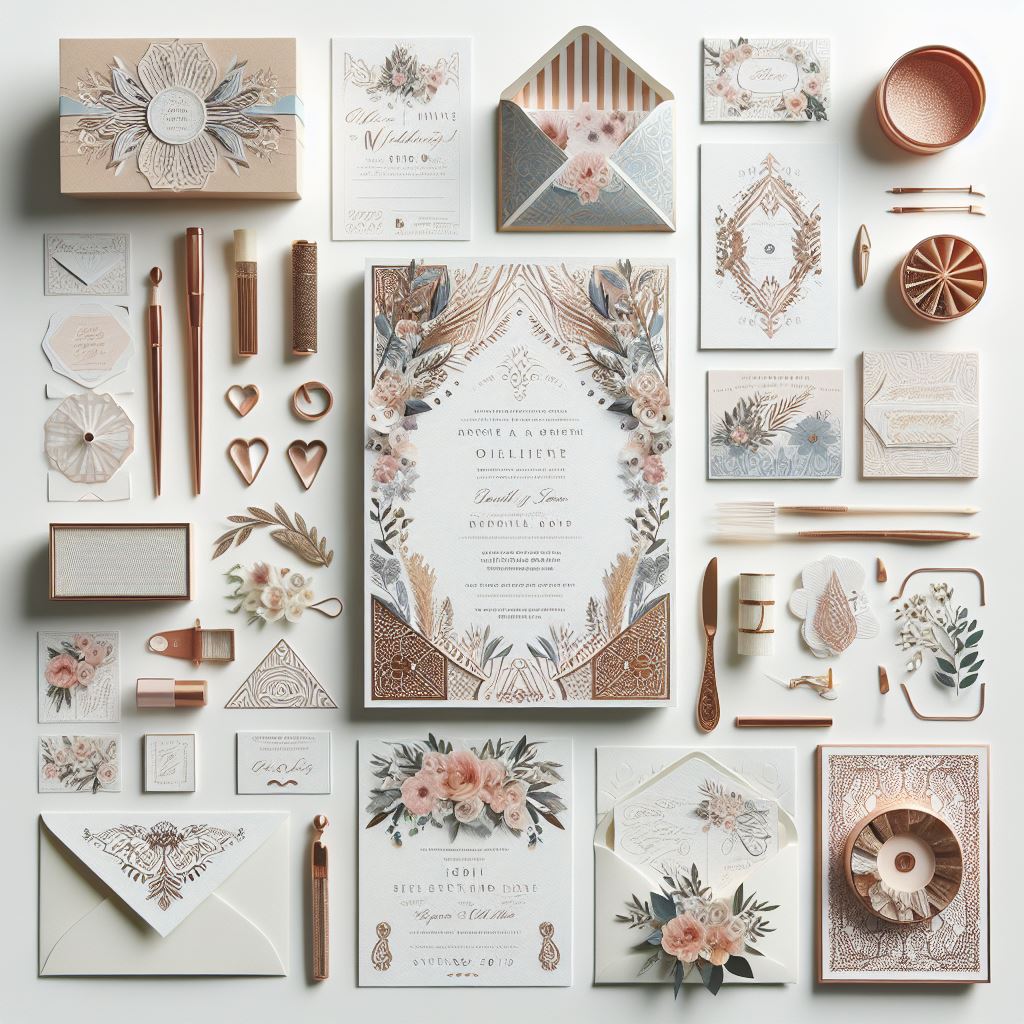How to Improve Etsy Sales: Traffic & Conversion Tips
Etsy is a bustling marketplace filled with creative entrepreneurs, but with over 7.5 million active sellers, standing out from the crowd and making your products shine can feel like a Herculean task. If you’re wondering how to improve Etsy sales and turn your passion into profit, you’ve come to the right place. This comprehensive guide will walk you through proven strategies to boost traffic to your shop and increase conversions, turning casual browsers into loyal customers. The secret lies in understanding how Etsy’s algorithm works and leveraging it to your advantage. Think of it as a flywheel effect: the more sales you generate, the higher your listings rank, leading to greater visibility and even more sales. It’s a positive feedback loop that can propel your Etsy business to new heights. Table of Contents Understanding the Etsy Algorithm & Its Impact on Sales Etsy’s algorithm is the invisible hand that guides shoppers to the products they seek. It’s designed to provide the most relevant and engaging shopping experience, and understanding its inner workings is crucial for driving sales success. Here’s a simplified look at how it works: Keywords: Shoppers enter search terms (keywords) to find specific products. Matching: Etsy’s algorithm analyzes your listing titles, tags, descriptions, and attributes to find the best matches for the shopper’s search. Ranking: Listings are then ranked based on a variety of factors, including: The algorithm is complex and ever-evolving, but the key takeaway is this: sales are a primary driver of ranking. By focusing on strategies to increase sales, you’ll naturally improve your visibility and attract more organic traffic. Optimize Your Etsy Listings for Search and Conversions Think of your Etsy listings as your shop windows – they need to be eye-catching, informative, and optimized to attract shoppers and convert them into buyers. Here’s how to make your listings stand out: A. Keyword Research Keyword research is the foundation of Etsy SEO. It’s the process of discovering the exact terms your target audience uses when searching for products like yours. By incorporating these keywords strategically into your listings, you’ll increase your chances of appearing in relevant search results. Here’s how to conduct effective keyword research on Etsy: Focus on Long-Tail Keywords: Long-tail keywords are longer, more specific search phrases (e.g., “handmade ceramic coffee mug with blue glaze” instead of just “coffee mug”). They offer several advantages: B. Crafting High-Converting Titles Your listing title is the first thing shoppers see, and it plays a crucial role in grabbing their attention and enticing them to click. A well-crafted title should be: Examples of Effective Titles: Avoid: C. Writing Compelling Product Descriptions Your product description is your opportunity to sell your product and answer any questions potential buyers might have. Think of it as your virtual salesperson – it needs to be persuasive, informative, and engaging. Focus on Benefits, Not Just Features: Examples: Structure for Readability: Address Common Questions: Anticipate what customers might want to know about your product (e.g., sizing, care instructions, shipping details) and provide clear answers in your description. Include Keywords Naturally: Integrate your target keywords throughout the description in a way that flows naturally and doesn’t sound forced. Link to Related Products: Etsy allows you to include links to other listings within your shop. Use this feature to guide shoppers to related products they might be interested in (e.g., “Complete the look with our matching earrings”). Formatting and Visual Appeal: While Etsy doesn’t allow elaborate formatting, you can still enhance the visual appeal of your descriptions. Use tools like YayText to create bold text, different fonts, and other stylistic elements. D. Mastering Product Photography and Videography In the world of online shopping, visuals reign supreme. High-quality product photos and videos are essential for showcasing your products in their best light, attracting clicks, and building trust with potential buyers. Tips for Captivating Product Photography: Engaging Product Videos: Editing is Key: Don’t be afraid to edit your photos and videos to enhance their quality and create a consistent look and feel for your brand. There are numerous free and affordable photo and video editing tools available. E. Utilizing Tags Effectively Tags are like hidden pathways that guide shoppers to your listings. Each listing allows you to use up to 13 tags – keywords that help Etsy categorize your product and make it easier for shoppers to find. Tagging Best Practices: F. Categorization and Attributes Accurate categorization and attributes are essential for ensuring your listings appear in the right search results. Etsy uses this information to classify your products and match them with shopper queries. Choose Carefully: Select the most specific and accurate category and subcategories for your product. Utilize Attributes: Etsy provides specific attributes for different product types (e.g., size, color, material). Fill out all relevant attributes to provide shoppers with as much information as possible. Drive Traffic to Your Etsy Shop Optimizing your listings is crucial, but it’s only half the battle. You also need to actively drive traffic to your shop to increase your chances of making sales. Here are proven strategies to attract more shoppers: A. Etsy Ads and Promoted Listings Etsy offers two main types of advertising: Pros and Cons of Etsy Ads: Tips for Effective Etsy Advertising: B. Social Media Marketing Social media is a powerful tool for building brand awareness, engaging with your target audience, and driving traffic to your Etsy shop. Choosing the Right Platforms: … Read more










